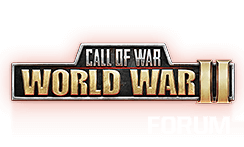Guys, I will do something stupid.
"In my humble opinion, on the subject matter, topic and content discussed beforehand; I would like to humbly propose, convey my idea on the subject and remark; this, with the help of the afforementioned post" - Karl von Krass
"The Golden Spire is looking for members, Anyone with good sense of game mechanics and a discord account can apply"
Secretary of Nova0213
"The Golden Spire is looking for members, Anyone with good sense of game mechanics and a discord account can apply"
Secretary of Nova0213
